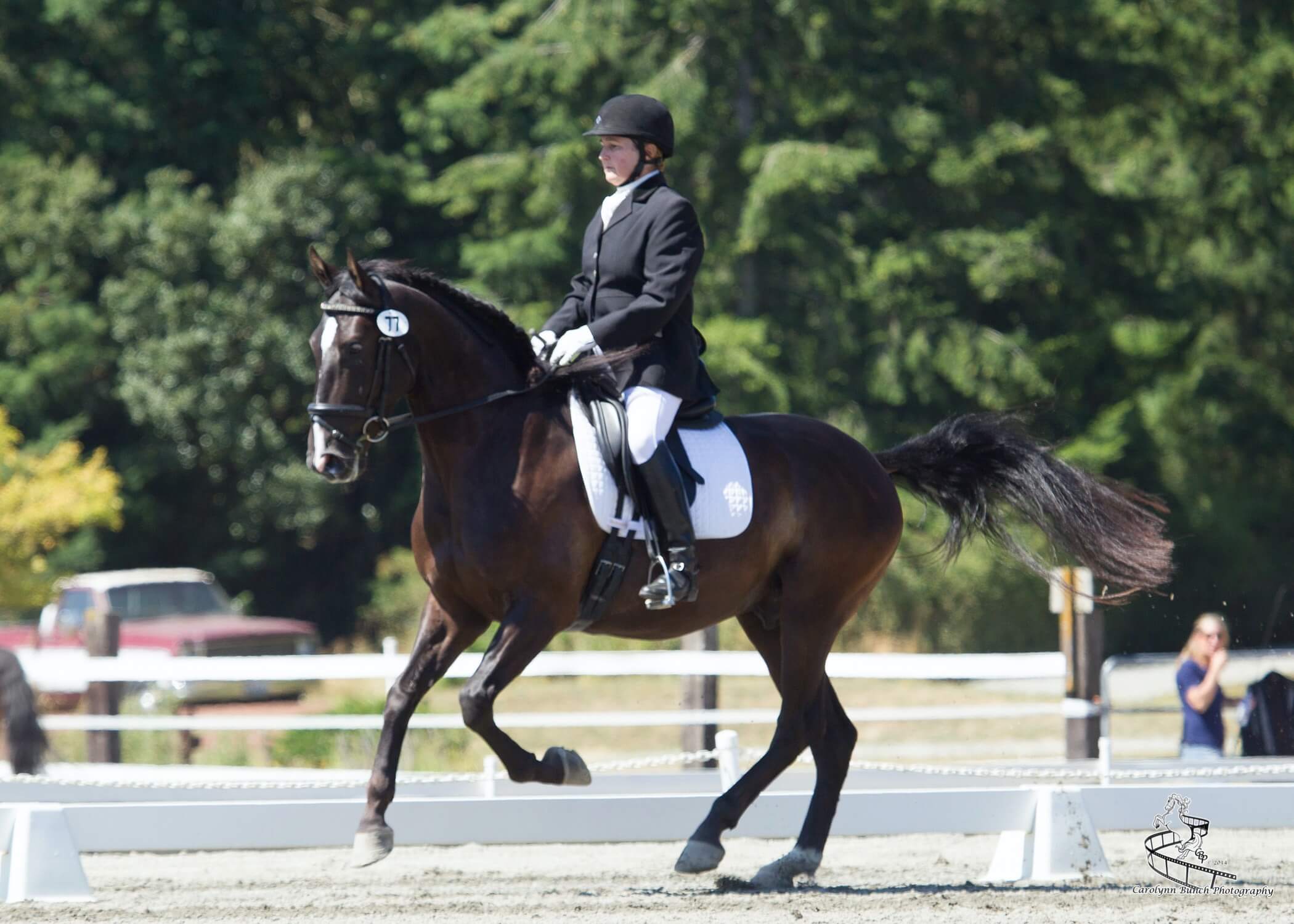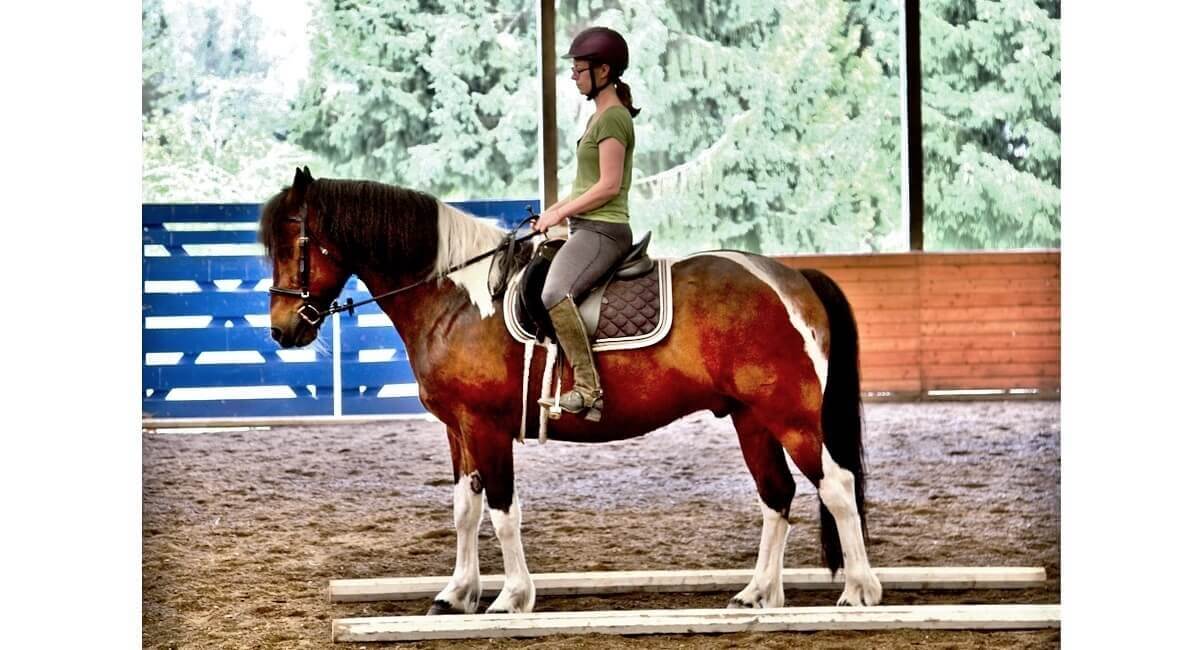It’s a Lifelong Trip
horse·man, noun, 14th century
Merriam Webster Dictionary
1. a rider or driver of horses; especially: one whose skill is exceptional
2. A person skilled in caring for or managing horses
A long time ago I was at a dressage show sitting on my tack trunk in front of my horse’s stall passing the time and watching a young woman groom her horse. The horse had a halter and lead rope on, but the girl wasn’t holding it; the rope was draped on the ground as the woman calmly and quietly brushed her horse in a way that had the horse completely tranquil. His head was low, lips loose, eyes drooping. Occasionally he let out a big yawn even with horse show chaos happening all around.
I watched her work on her horse, brushing carefully down his legs in long, slow strokes, and realized that the time she was taking was unusual and meaningful to her horse. This girl hadn’t done very well in the show, they were newbies, her scores were low, and her horse wasn’t fancy. But I realized I was watching a beautiful display of horsemanship, and I’ve never forgotten what I saw.
Webster’s definition of “horseman” is simple, but many of us who are seriously involved with horses know there’s nothing simple about the journey to true horsemanship. We often make statements like Sally (or Bill) is a true horseman. What do we mean when we say that?
Horsemanship is an art, and as such not always easy to define. There isn’t some perfect line drawn between people who don’t quite cut the cake and those who seem magical with their skills. If we’re paying attention, the horses will tell us when we are in the presence of a horseman and when we ourselves are behaving like one.
I do know what horsemanship is not, and it’s often what’s glorified in the horse business. Things like success in the show ring or in business do not mean a person is a horseman (though they can be). Don’t be fooled by someone who uses all the current trending and searchable words on their YouTube channel, or who has all the best tack, truck and trailer, nicest boots and clothes, or who has the most blue ribbons hanging on their stalls at the show.
The journey to horsemanship involves endless learning and humbling ourselves repeatedly; it’s paying attention to what our horses say. I learn from my students, and from people like that young woman brushing her horse. And most importantly, I learn from my horses. It’s a lifelong trip.
See this article in the July 2024 online edition:
July 2024

Kim Roe grew up riding on the family ranch and competed in Western rail classes, trail horse, reining, working cow, and hunter/jumper. She trained her first horse for money at 12 years old, starting a pony for a neighbor.
Kim has been a professional dressage instructor in Washington state for over 30 years, training hundreds of horses and students through the levels. In recent years Kim has become involved in Working Equitation and is a small ‘r’ Working Equitation judge with WE United.
Kim is the editor of the Northwest Horse Source Magazine, and also a writer, photographer, and poet. She owns and manages Blue Gate Farm in Deming, Washington where she continues to be passionate about helping horses and riders in many disciplines.






